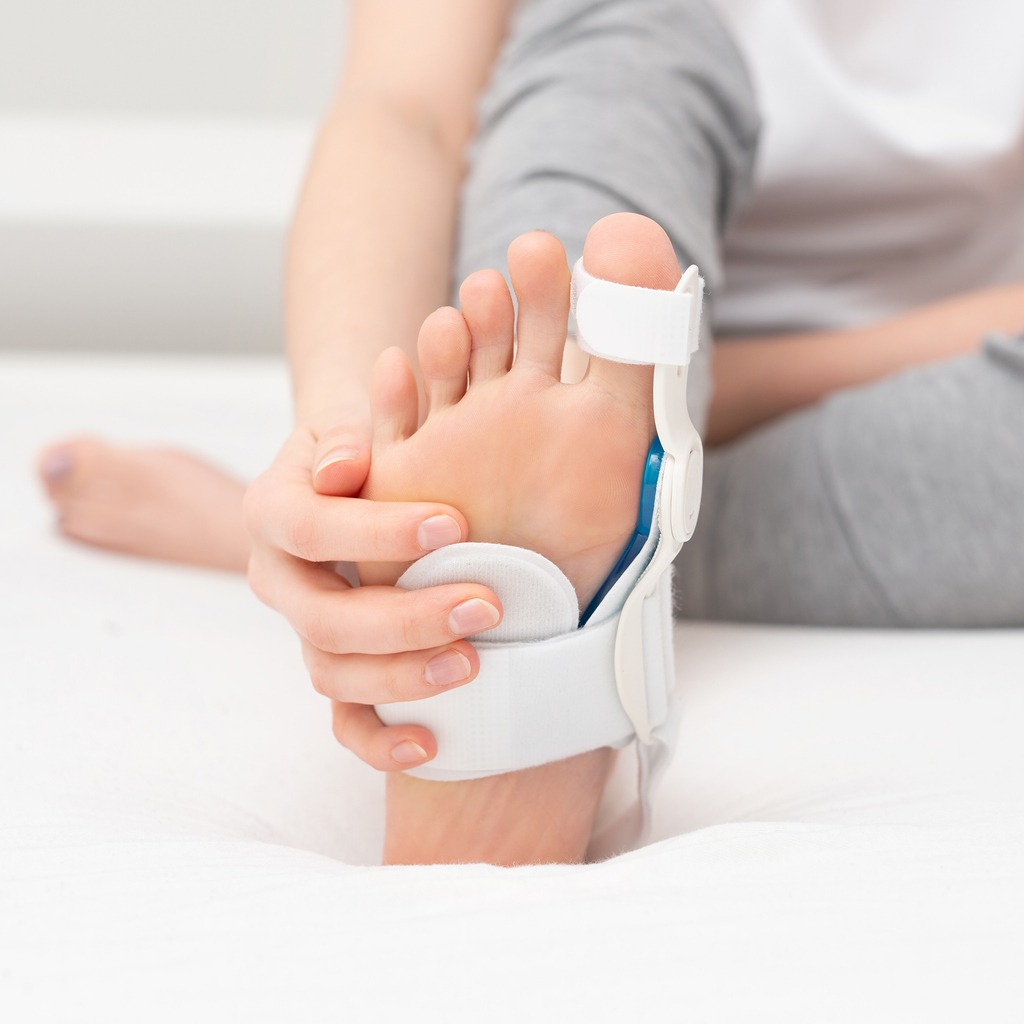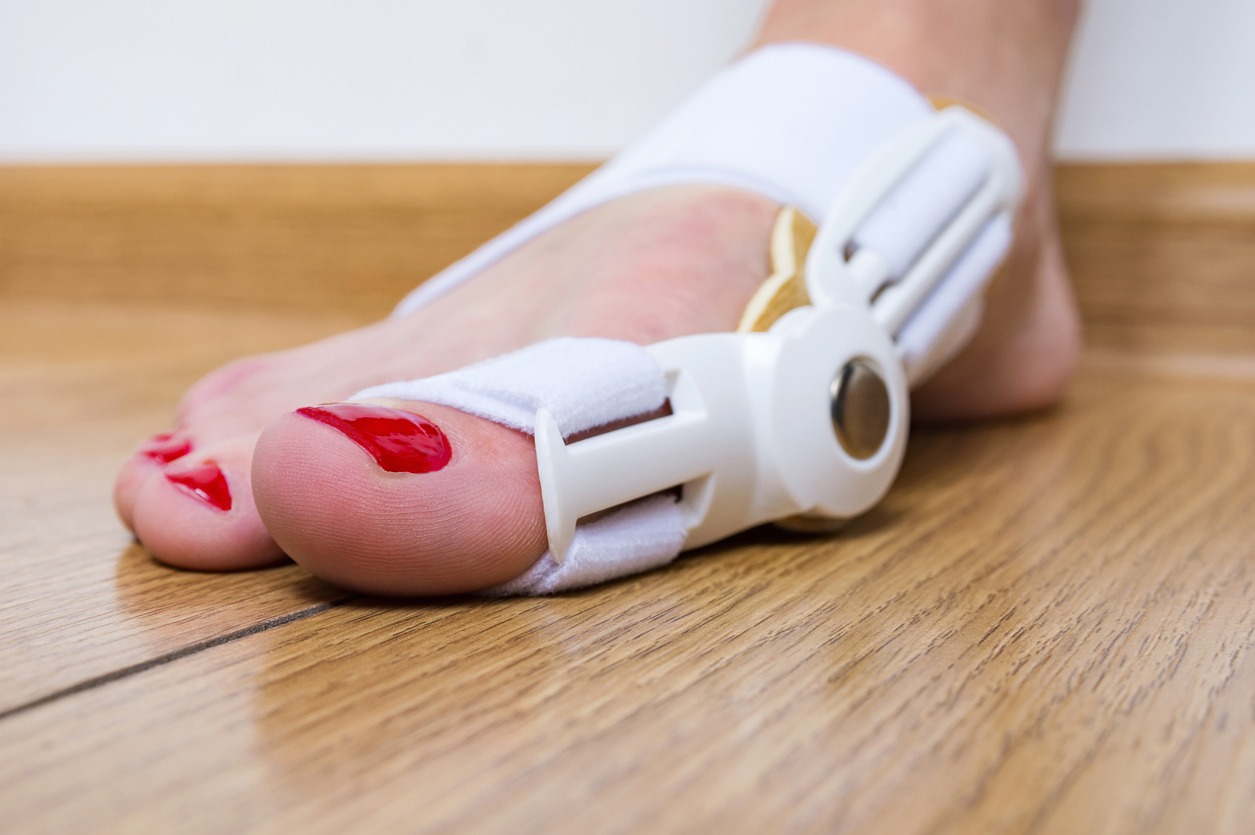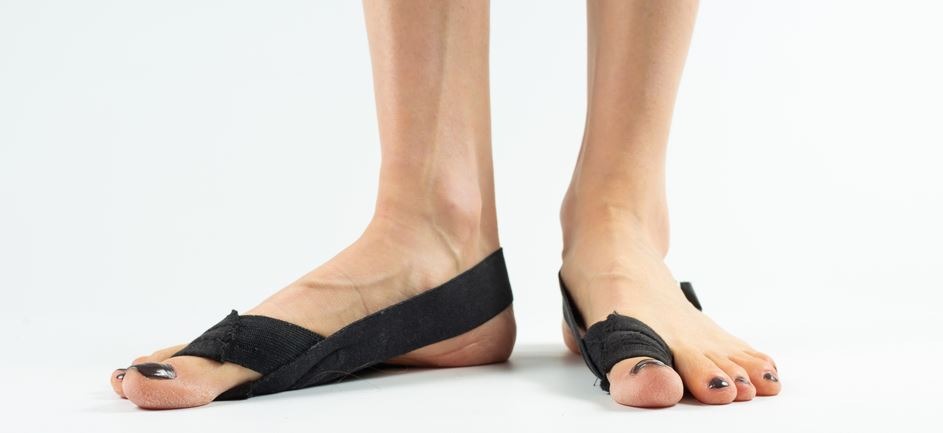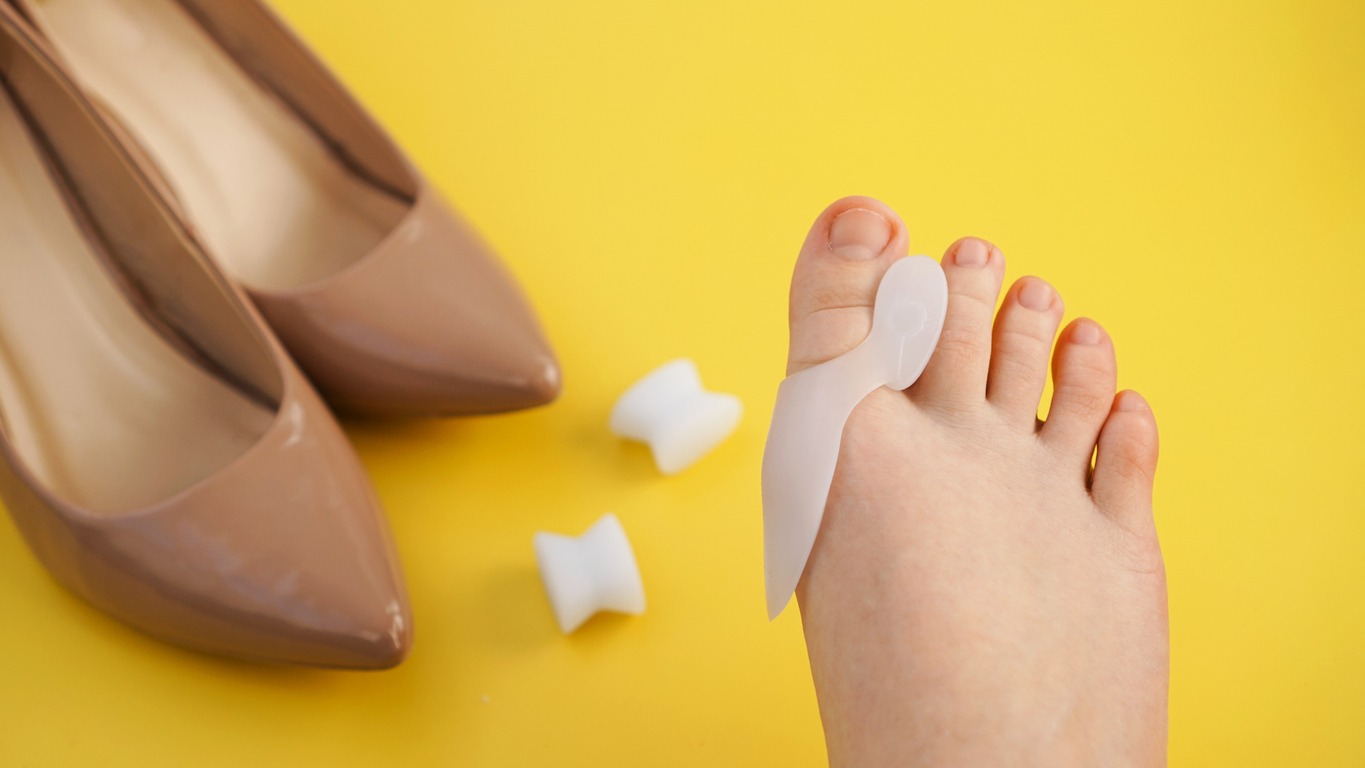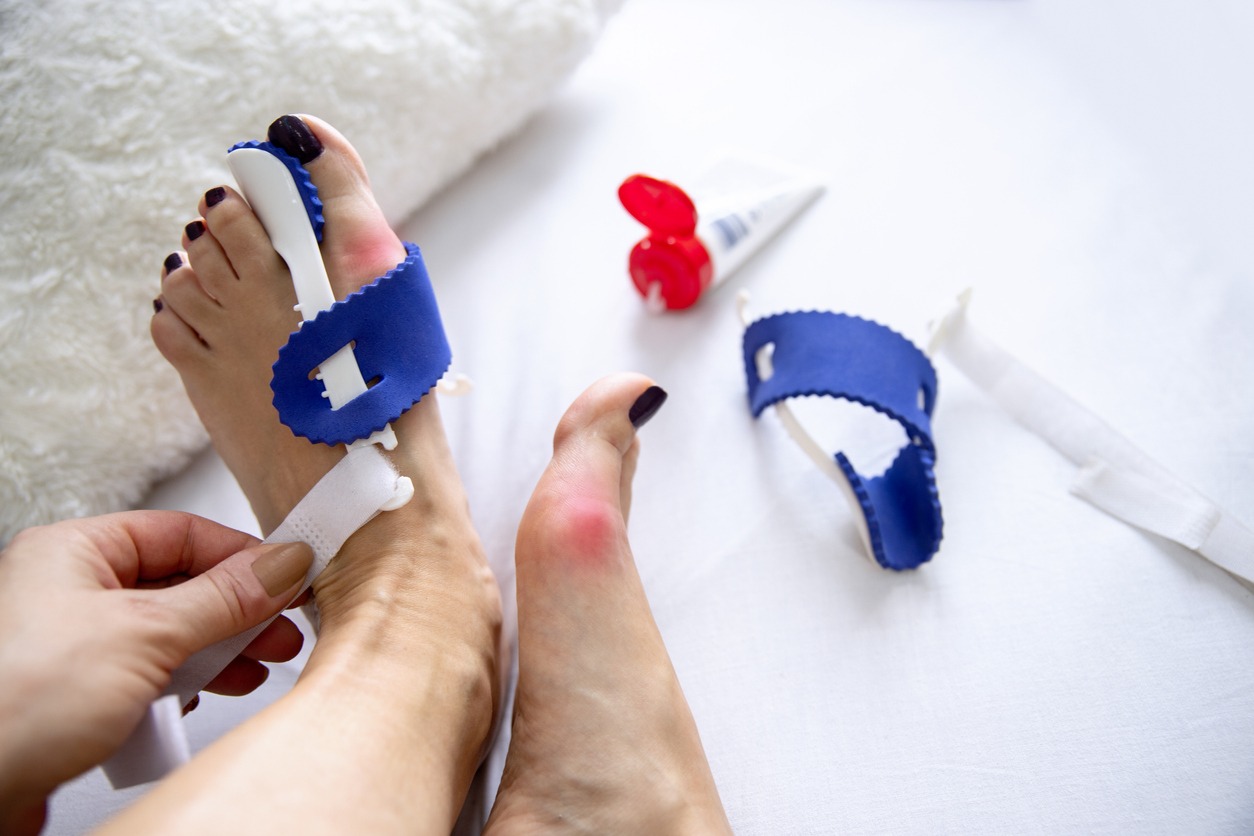There are a number of diseases, disorders, or conditions that occur on the feet, but one of the most painful is arguably the bunion. A bunion is a deformity that often occurs on the joint of the big toe, and there are different factors as to why this deformity happens. Fortunately, there are also many ways to treat bunions, and one of these methods is by wearing bunion splints. What exactly are bunions? And how do bunion splints help in treating the said deformity? Let us find out as we dive into the details about bunions and bunion splints.
What are Bunions?
A bunion, also called hallux valgus, is a severe deformity that occurs on the joint that connects the big toe to the forefoot. The deformity looks like a big bump on the side of the joint that causes the big toe to bend toward the other toes. The big bump looks red and swollen and can be very painful when touched.
There are different factors as to why bunions appear on the joints of the big toe, although there is still no exact cause for it. Medical experts believe that bunions appear when the bones of the big toes’ joints weaken, and this weakening of the bones is also caused by various risk factors like rheumatoid arthritis or genetics. Besides the big toe, bunions can also appear on the smallest toes, and the deformity that appears on those toes is called a bunionette.
In addition to rheumatoid arthritis and genetics, there are also other risk factors that can increase the chances of you getting bunions:
- Wearing tight-fitting shoes – if the shoes you are wearing are too tight, you are forcing your toes to bunch up together, causing strain to the joints of the big toes and the smallest toes of your feet. Wearing tight-fitting shoes for a long period of time can eventually lead to deformity of the joints.
- Wearing high-heeled shoes – high heels can also cause bunions if you wear them for many hours every day. Because of the high elevation of the heels, the forefoot gets a lot of downward pressure, which could then put a strain on the joints of each toe. When the joints are strained, they will weaken and eventually get deformities like hammer toes and bunions.
What are Bunion Splints?
A bunion splint is an item that is utilized for straightening the joints of the big toe by creating inwards pressure on the joints so that they can be pushed back to their original position. In order to create the inwards pressure, the bunion splint should cover all areas of the big toe’s joint, and then the splint should be strapped on relatively tightly on the midfoot.
The side of the bunion splint that forces the big toe’s joint inwards is usually made of hard plastic, while the straps that are strapped onto the big toe and the midfoot are made of rigid but comfortable fabric. However, it is important to note that not all bunion splints have a plastic part, as there are three distinct types of bunion splints that you can buy online or in medical stores. Here are the three types of splints that are used for treating bunions.
Hard Splints
These are the splints that we discussed earlier, as they feature a rigid and molded plastic part that is specifically utilized to apply more pressure on the affected joint. These hard splints are typically worn only at night while you are sleeping, as the rigid plastic is often too big or bulky to fit inside shoes, slides, and sandals. Ready-made hard splints are available on the market, but your doctor may also give you customized splints that fit perfectly on your foot.
Flexible Splints
Flexible splints are mainly made of fabric that is soft and elastic. These flexible splints are thinner compared to hard splints, which makes them suitable to wear alongside socks and shoes. These flexible splints are also called “day splints” since they are used during the day, while the hard splints are called “night splints” because they are worn at night.
Toe Spacers
Toe spacers are made of soft rubber or plastic that is primarily used to separate the big toe from the other toes. These toe spacers aren’t necessarily splints, but they are effective in applying a little bit of pressure on the big toe’s joints. Furthermore, the toe spacers are also utilized to treat ingrown toenails, which usually occur alongside severe bunions.
Do You Need Bunion Splints?
While bunion splints are effective in applying pressure to the deformed joints on the feet, they are not supposed to be used as the main method of treatment for bunions. Instead, bunion splints are primarily utilized to slow down the deformity of the bunion. [1] So, if you already see the symptoms of a bunion on the joint of your big toe or the smallest toe, you should wear bunion splints so that the deformity won’t worsen.
However, when the deformity is already too big or severe, the only way for you to fix the bunion is to have surgery, which involves shaving the joint back to its normal size and realigning the bones in your big toe. Unfortunately, bunion surgeries will require about six to twelve weeks of healing, which isn’t normally possible if you are working full-time or studying in school.
To prevent you from becoming debilitated for a long time, you should already try to prevent the bunion from worsening by wearing splints. If you don’t have bunions yet, it would be better if you can already avoid getting them by wearing shoes, slides, or sandals that have a wider toe box.
While bunion splints aren’t considered to be the most effective form of treatment for bunions, they can help in slowing down the severity of the deformity so that you wouldn’t have to experience too much pain or discomfort in your toes. However, it would be best to save money for many weeks or months so that you can finally have bunion surgery, as it is the only way for you to get rid of the deformity.
References
[1] Foot Editor. (2018, July 30). Do Bunion Splints Really Work? Triad Foot & Ankle Center. Retrieved February 2, 2023, from https://triadfoot.com/2018/07/30/bunion-splints/

